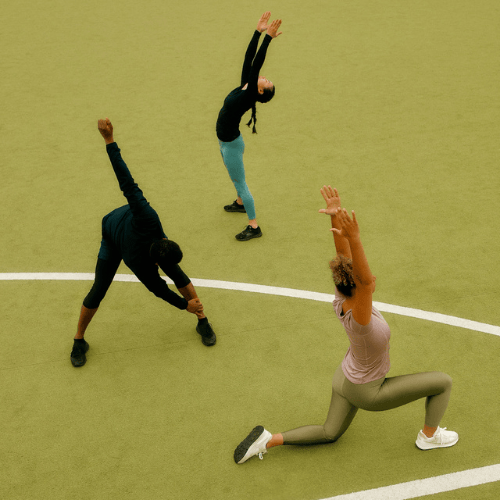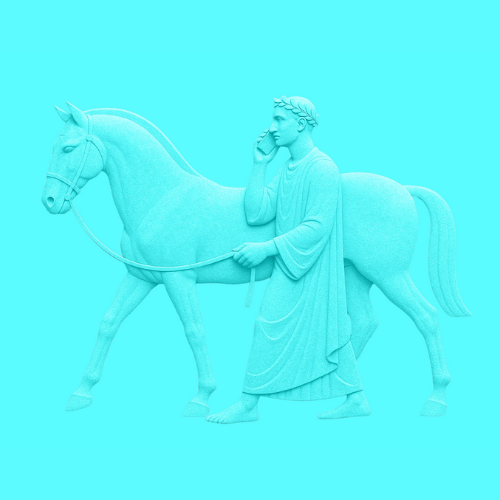Prioritise Using the DVFS Method to Make Sustainable Decisions
.png)
DVFS stands for desirable viable, feasible, and sustainable. This methodology is a way to help us prioritise things like ideas, work, projects or initiatives.
DVFS overview
D stands for desirable. Desirability is about how much the solution is desired by customers or users. I like to think of desirability as represented by a heart in that it represents how much humans love the idea. If your idea has no market value and people don’t want or need it, it won’t sell.
V stands for viable. Viability is about return on investment. I like to think of this as represented by a $. Viability can be about the amount of resources, such as; time, funding, and materials required compared to the expected return on the investment. Even if you have the most desirable product in the world, if it’s too expensive or isn’t profitable, then it’s not a good business model.
F stands for feasible. Feasibility is about if something can easily be done given your current resources and capability. Feasibility factors include; technical, financial, and operational constraints. Ideally, you want to design a new product or feature within the company’s current capabilities using available resources. When you have to build infrastructure to support a new product, you increase the risks and costs.
S stands for sustainable. Sustainable refers to the ability to maintain or continue a certain activity, process, or system over a long period of time without causing damage to the environment, economy, or society. The higher the sustainability score the less damage is caused.
One way to use the DVFS methodology
To use the DVFS methodology create a list of ideas or projects that you would like to prioritise. Once you have the list, put the list into a table with four columns;
- the first column contains the idea,
- the second column is a place to put your desirability score,
- the third column is where you place your viability score,
- the fourth column is where you place your feasibility score.
- and the fifth column is where you place your sustainability score.
It’s important to use research and data to inform your DVFS prioritisation however to get started you can get a quick DVFS prioritisation using assumptions. By drawing on your own understanding and perhaps that of those in the room with you you can use a simple high medium low score for each of the DVFS variables.
Once you have the initial prioritisation you can then test those assumptions with research and data by talking to your customers/users, and speaking to other people in your organisation.
What is Sustainable Design?
Check out this video from Arizona State University. In this video, you’ll learn about the entire lifecycle of products, from the initial materials to when the materials go back to the Earth. You’ll learn how designers strive to reduce resources, reuse products and recycle.

.webp)
.png)

.png)
.png)



